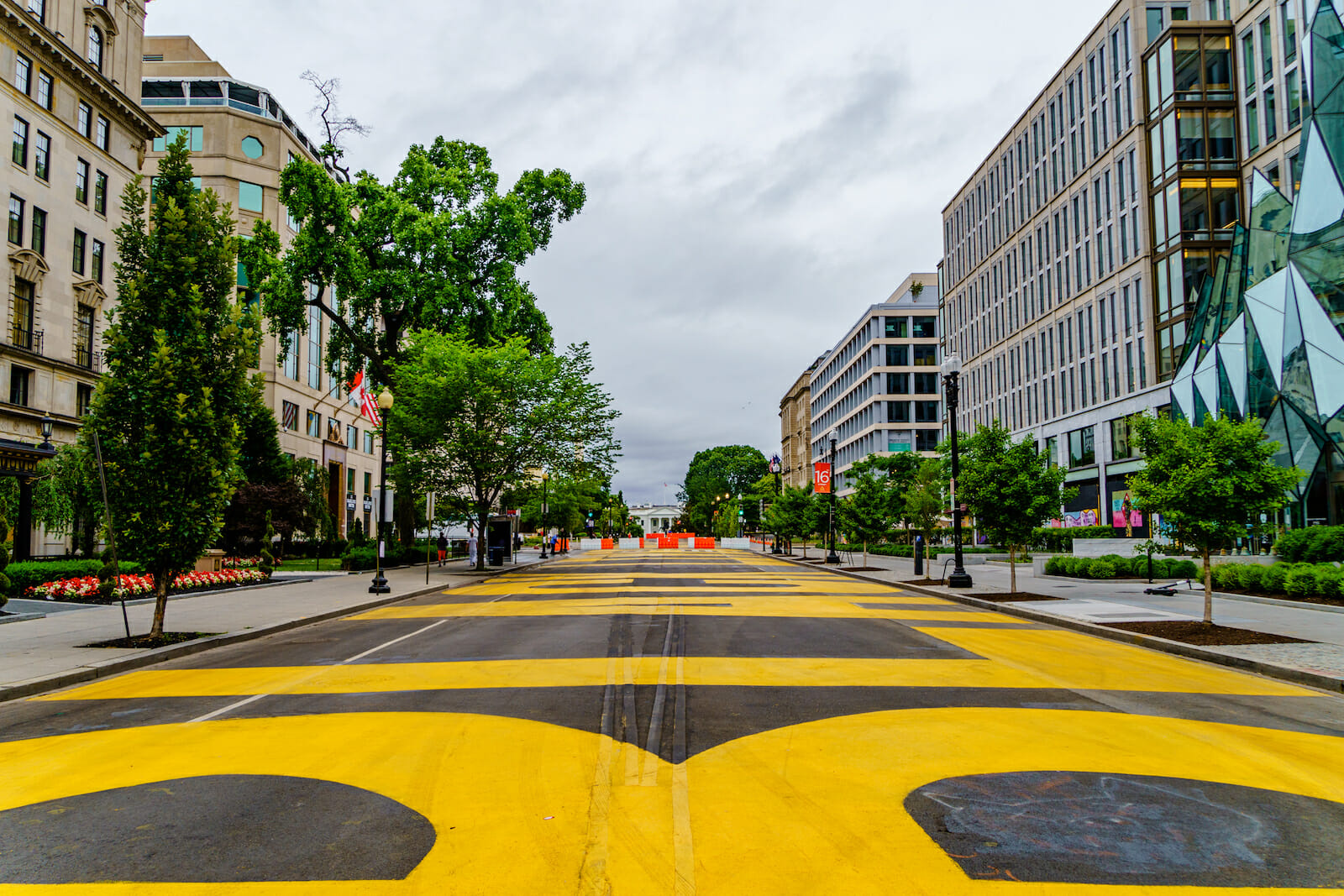
American Protests: What Can be Done to Overcome the Crisis?
The death of George Floyd in police custody has been a catalyst for intense protests that are ongoing in the United States and around the globe. The situation is made worse by the fact that specific methods for solving the problem have not yet been proposed.
In fact, in this case, we are talking about at least three problems.
First, the problem of abuse of power by American law enforcement does exist, and it does not stop only at racism and police violence. Some of these abuses can indeed be racist in nature. However, in addition to this, a member of any socially vulnerable group can become a victim of abuse by those in power. It’s important to note that the level of arbitrariness in America is significantly lower than in authoritarian countries (for example, in Russia), and in American society, there is an effective system of checks and balances. However, existing mechanisms are not always available for representatives of vulnerable groups, which creates a certain space for impunity.
The third problem is the presence of extremists and radicals, who do their best to turn peaceful protests into disruptive events. These include some members of the Black Lives Movement, but conversely, members of the alt-right and the boogaloo movement.
All these problems have different causes and, accordingly, different solutions. Work with radical groups, for example, is for the most part the responsibility of law enforcement agencies, while the eradication of everyday racism in society involves long and painstaking efforts, carried out at different levels. As for the problem of abuse of power by law enforcement agencies, it requires an immediate and systematic solution, which, in my opinion, should be boiled down to the maximum narrowing of the space in which rogue enforcers feel their impunity.
Not just African Americans
For example, in 2016, a scandal erupted in Oakland, California when officers of the Oakland Police Department raped a trafficking victim, a 16-year-old teenage girl whom they were supposed to protect. Moreover, the entire law enforcement system at various levels covered up for the rapists without offering any protection to the victim. By the way, the girl was not African American. This incident was leaked to the media, but at the time did not capture the public’s attention.
In the meantime, I’m aware of other cases where U.S. law enforcement officials illegally took advantage of civilians, including victims of crime, and then not only left them unprotected but also deliberately put them in mortal danger, hoping that the victim simply wouldn’t survive and therefore wouldn’t be able to testify.
Lying to civilians, committing unlawful acts, failure to fulfill their duties, and abuse of power happens not only among the police, but also among the FBI and immigration authorities, in prisons and immigration detention centers and so on. Such cases are not widespread, but occur periodically, and most importantly, for the victims, if they survive, it is very difficult to protect their rights. Some experienced “wise man” who has lived in the United States for a long time has tried to convince me that it is suicidal to fight the system, that it can end up completely ruining your life and that lawyer bills can lead to financial ruin.
Of course, the scale of such abuses is significantly different from what is happening, for example, in Russia, where the miscarriage of justice perpetrated by authorities, in principle, knows no boundaries. The American police do not physically torture prisoners and rather rarely fabricate criminal cases, while in Russia, a person who is caught in the web of the “system” is completely powerless. Russians, by and large, can’t count on a fair trial or the support of civil society or the media.
Judges in Russia blindly comply with any, often frankly absurd, and lawless demands by the prosecution and hand down pre-arranged sentences. There are practically no independent media outlets, and the reaction of the citizens often not only brings no results, but also leads to new repressions. Moreover, the laws themselves are so repressive in nature that almost anyone can accidentally violate them. Simply put, the system of corruption and lawlessness in Russia is so cemented at all levels of power – legislative, executive, and judicial – that no cosmetic “reforms” can change the situation and it requires a complete “formatting.”
Human rights vacuum
In America, unlike Russia, problems can be solved without a total dismantling of the system. Here, we have a civil society, independent courts, and the media, and special bodies have been created that not only in theory but also in practice, supervise the activities of officials, for example, ombudsmen and the Office of Inspector General.
However, the problem is that for a person from a vulnerable social category, these remedies are often out of reach. The services of a lawyer, for example, are very expensive, the court proceedings can last for years, and not everyone can survive a lengthy struggle with a powerful system that has its own well-trained lawyers. Not every victim, in principle, knows about the existence of the Office of Inspector General, and, even if he/she finds out, is brave enough to contact a state official after suffering injustice from another official.
As a result, the most vulnerable people become victims of abuse in the United States. The reason for their vulnerability may be the color of their skin or their immigration status, their income status, their status as a victim, etc. It’s the gap between the victim’s vulnerable status and the availability of means of protection against arbitrariness that creates the space which allows the law enforcement personnel and officials to feel their impunity. Impunity and power are known to corrupt.
Possible solution
A possible solution here could be the creation of organizations dedicated to helping victims of abuse and violence by the state – in the manner of those created throughout the country, for example, for victims of domestic violence. Such an organization could help investigate specific cases, provide victims with psychological, medical, legal, and other assistance, and serve as a link between the victim and existing supervisory authorities, thereby filling the vacuum. This would not only help protect specific people but also reduce racial tensions in American society since it would put the emphasis on prosecuting offenders regardless of their position.
Everyday racism is terrible, and it is, of course, necessary to eradicate it; however, one of the means of eradicating this could be to reduce the level of impunity felt by racists and create mechanisms by which the victim would be heard and would receive the necessary support in protecting their rights. An attempt to focus attention on certain categories of victims (Blacks, illegal immigrants, etc.) when it comes to dealing with state injustice does not fundamentally solve the problem. Moreover, the one-sided approach supports the already existing divisions in American society and leaves out vulnerable people who do not fall into specific categories, but who also face injustice. Which, of course, does not negate the need for a parallel solution for all the other problems of American society, including racism as such.

